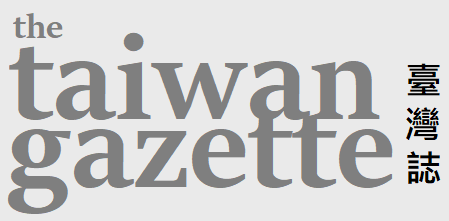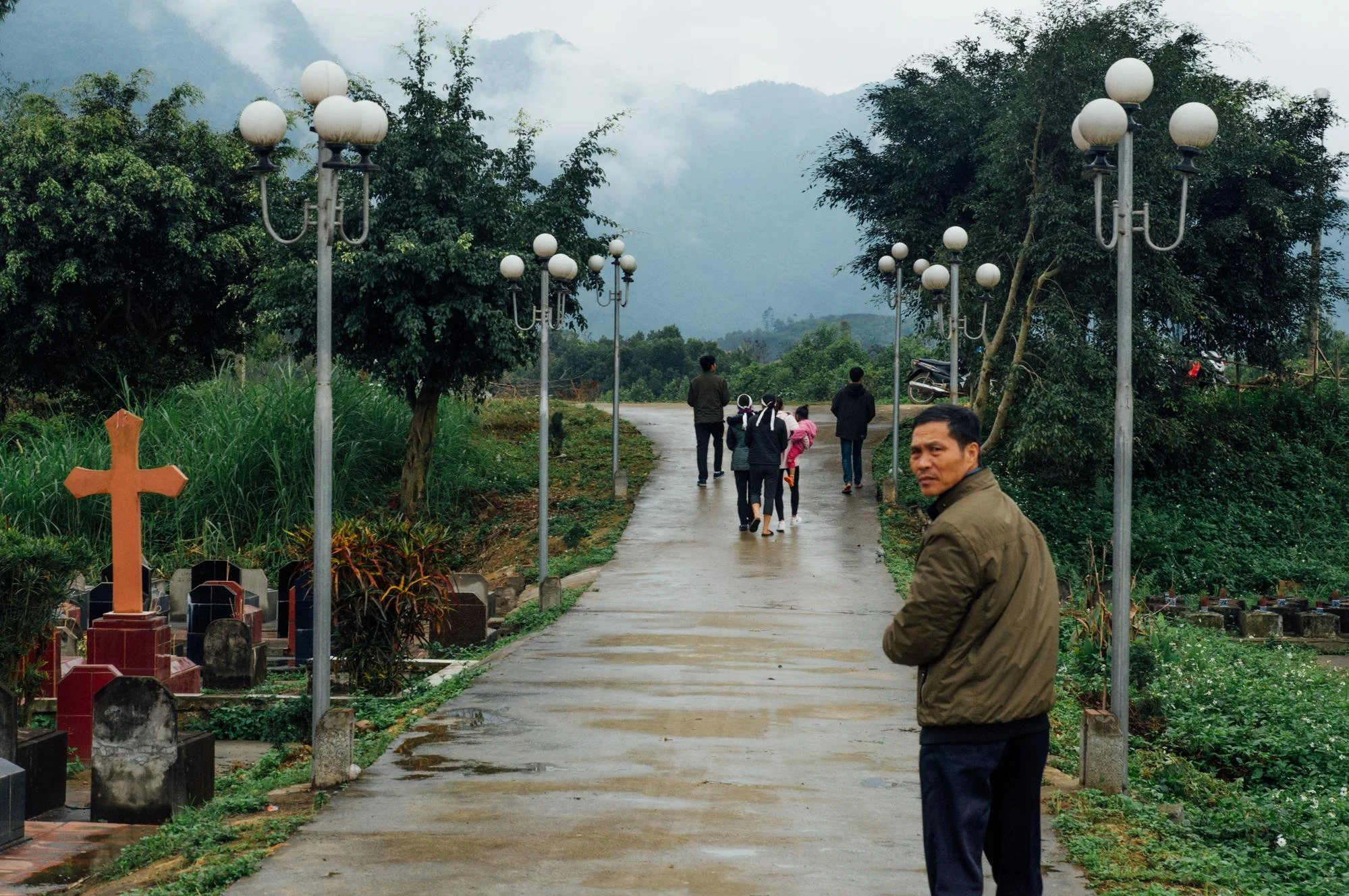Placemaking and Border-crossing in Asia: A Graduate Student Workshop with Jeffrey Hou (Part 2)
In March 2023, Professor Jeffrey Hou was invited to deliver a talk on “Civic Urbanism Without Borders” at the University of Toronto, which was held in collaboration with the Global Taiwan Studies Initiative at the Asian Institute, Munk School of Global Affairs and Public Policy, and John H. Daniels Faculty of Architecture, Landscape, and Design, University of Toronto.
In addition to the talk, a graduate student workshop was conducted with Professor Hou, moderated by Kachun Alex Wong. In the workshop, Professor Hou shared his experiences of researching in Asia, as well as his placemaking and border-crossing work.
The conversation is published in The Taiwan Gazette in two parts. The first part features Professor Hou’s discussion of his collaborative publications, his editing experiences, the dissemination of his work in Taiwan and mainland China, as well as his experiences practicing and teaching activism. The second part further unpacks the themes of his work on capitalism, public spaces, borders, civic resilience during COVID-19, digital urbanism, and lessons from Asian cities.
The conversation was conducted in English and has been edited for clarity.
Jeffrey Hou is a Professor of Landscape Architecture and the director of the Urban Commons Lab at the University of Washington in Seattle. His work focuses on the agency of marginalized social groups in transforming the built environments. In a career that spans the Pacific, Hou has worked with indigenous tribes, farmers, fishers, and villagers in Asia, as well as inner-city immigrant youths and elders in North American cities, on projects ranging from the conservation of wildlife habitats to bottom-up placemaking.
We extend our sincere gratitude to Professor Tong Lam and administrator Dasha Kuznetsova for their efforts in organizing the graduate student workshop.
Interviewed and edited by Kachun Alex Wong
Copyedited and cover photo by Sabrina Teng-io Chung
Workshop participants included Taro Cai, Ho Lam (Roland) Cheng, Sabrina Teng-io Chung, Hiu Fung Chung
Workshop participant: Can you elaborate on your views of capitalism as an increasingly encapsulating force for urban design and form?
Jeffrey Hou: In the early 90s, I attended graduate school when Michael Sorkin’s book, Variations on a Theme Park: The New American City and the End of Public Space (1992), was published. Michael was one of my undergraduate instructors at the Cooper Union. At that time, public space was found to be increasingly privatized, and the argument about “the death of public space” was prominent. These observations occurred amidst growing corporatization, neoliberalism, and the expansion of the private realm. In my opinion, it’s disheartening to think that nothing can be done about capitalism’s takeover. However, I believe and have seen many examples through which individuals and small groups can appropriate, subvert, and circumvent structural constraints, even if only temporarily, to counter the prevalent forces. My work focuses on exploring possibilities within the larger economic and political structures, which I refer to as “gaps” or “opportunities.” I am optimistic that these gaps can be widened enough to change the larger structures. These gaps may be small or seemingly insignificant, but they make it easier for people to take concrete actions, and movements can gradually build on them.
Workshop participant: Can you discuss the idea of borders, and how borders are created in the city as divides?
Jeffrey Hou: My public lecture at the University of Toronto will focus on borders in a specific context. The civic urbanism cases in my chapter in our most recent book, Emerging Civic Urbanisms in Asia: Hong Kong, Seoul, Singapore and Taipei Beyond Developmental Urbanization (2022), highlight ways to overcome the boundaries or borders of communities, whether defined by place, ethnic identity, or social relationships. In our work in the community in Seattle, we have also been discovering new ways to navigate and overcome these borders, making them more permeable. This opens up opportunities for social mobilization and exchange. We use community-engaged design, which has historically been overlooked in the profession. However, I have found that there are others like me at different universities and in various countries who are interested in this approach. By collaborating and sharing our experiences, we realize that we are not alone in our work. In community-engaged design, borders often mean those beyond geographical boundaries, including national and regional borders. In my edited book, Transcultural Cities: Border-Crossing and Placemaking, we explore borders through the lens of immigrants and marginalized social groups. These borders are not just spatial but also cultural. Immigrants in particular often encounter isolation, conflicts, disagreements, and misunderstandings, which highlight the presence of these borders. These borders emerge as people go about their daily lives beyond geographic boundaries. Yet again, the cases in that book show how those borders could be overcome through specific acts of placemaking.
Poster for Jeffrey Hou’s talk, “Civic Urbanism Without Borders,” delivered at the University of Toronto on March 14, 2023. (Credit: Asian Institute, the Munk School of Global Affairs & Public Policy, University of Toronto)
Workshop participant: In your recent paper, “Civic Resilience and the COVID-19 Crisis in Urban Asia” (2021), you explore the terms of civic resilience during COVID, a term that is not covered in your latest book Emerging Civic Urbanisms in Asia. How does the idea of resilience factor into longer-term disturbances, such as the political situations in Hong Kong? What do you think about the scalability of resilient practices that are less territorially limited but more universal?
Jeffrey Hou: The term “civic resilience” wasn’t included in my recent book because the chapters were written before the COVID-19 pandemic in 2020, which brought discussions of resilience to the forefront. However, I did focus on actors and organizations that were mobilized during the pandemic in the recent article you just mentioned. While many of these organizations existed before COVID-19, the crisis created opportunities for them to collaborate and scale up their efforts. For example, the organization Fixing Hong Kong (維修香港) collaborated with a sanitation workers’ group to distribute masks during the pandemic, and this partnership could lead to future collaborations between the two organizations. Similar cases occurred in Manila, Singapore, and Taipei, where organizations independently developed but came together during the pandemic. The scalability of these organizations is crucial to their resilience, as they are limited by their resources when acting alone. Collaboration allows them to increase their capacity and adapt to disturbances, which is a defining characteristic of resilience.
Volunteers distributing masks to sanitation workers in Hong Kong (Credit: Fixing Hong Kong)
In terms of the relationship between short-term actions and long-term disturbances, we can look at the pandemic collaboration in Taipei (see UofT public lecture) and how it has led to a greater capacity among local organizations including crowdfunding. Despite the challenges posed by COVID-19, these collaborations have enabled groups to mobilize financial resources more effectively. This short-term cooperation has contributed to their long-term working capacity. In my view, the positive outcomes of these collaborations during the pandemic could have broader and more significant ramifications. These cases illustrate the potential for scalable solutions to be implemented on a larger scale.
Workshop participant: It seems to me that Global North cities are also suffering from some sort of crisis, for example, the affordable housing crisis in Toronto. What are the alternative practices and resistances of Asian cities that cities from the Global North can learn from?
Jeffrey Hou: There are many valuable lessons to be learned from our experiences, but we should also be mindful of the institutional and cultural differences between North America and Asia when applying them. For instance, during COVID, a time of heightened hygienic concerns, we collaborated with a homeless advocacy group in Seattle to design a DIY hand washing station called “Seattle Street Sink”. Prior to COVID, many homeless individuals in Seattle relied on public spaces, such as restaurants, public libraries, government buildings, and even private spaces, to access hygiene facilities. However, during the pandemic, these facilities were closed, leaving them with nowhere to wash their hands. In May 2020, we were approached by a homeless advocacy organization called Real Change, seeking our school’s design services to address the issue. Our solution was to create a DIY hand washing station that people could build on their own. We came together with a team of faculty and recruited a former student who was a practicing landscape architect. The design we came up with consisted of a utility sink combined with a bioretention planter, taking into account the regulatory requirement in Seattle, which prohibits the direct discharge of wastewater into the sewage system. The planter functions as a water filter attached to the sink.
One of the earliest models of Seattle Street Sink, a DIY hand washing station (Credit: Image provided by Jeffrey Hou)
Despite the attention our project received and the grant we received from the city council that was enough to build about 60 units, the project faced institutional hurdles including the codes concerning public access. As a result, far fewer units were installed in Seattle than expected so far. During a recent trip to Surabaya, Indonesia, I was surprised to find similar DIY hand-washing stations all over the city. These stations seemed to have been funded by the city or built by the community, and they were present in schools and public spaces. In contrast to North America, it was much easier to “hack” the urban landscape in Asia due to the regulatory and cultural differences. I believe COVID-19 opened up opportunities for cities to experiment with new ideas, such as cafes on the streets. We can learn from these experiences and consider how to retrofit our urban environment to allow people to self-organize and be experimental with new ideas. Although we have made progress during COVID, we still have a long way to go.
Workshop participant: Are you interested in how the emergence of digital technologies and platforms has influenced the organization of civic resistance in Asia?
Jeffrey Hou: Even before the Sunflower Movement in 2014, a civic hacking community has emerged in Taiwan, including groups like g0v (台灣零時政府). Audrey Tang (唐鳳), before she became the Minister of Digital Affairs, also ran a bi-monthly hackathon (黑客松) in Taipei. In 2015, I was awarded a Fulbright scholarship to conduct research in Taiwan on the new social startups that emerged after the Sunflower Movement. During that time, I also followed Audrey Tang’s group for a while and became interested in the work of civic hackers. When I attended the g0v summit in 2020, I was impressed by the diverse networks of talented civic hackers in Taiwan and how they are connected to a larger network in Asia that includes groups in Japan and Korea. These decentralized networks are similar to my own group, the Pacific Rim Community Design Network. While I have not conducted extensive fieldwork on the civic hacking community, I have noticed many parallels between emergent digital practices and my work that examines placemaking and urban commoning practices in East Asia.
Read Part 1 of the conversation.









